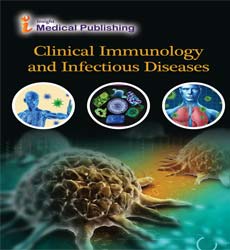Review of Pulsed Reduced Dose Rate Re-irradiation for Recurrent Tumors
Pulsed Reduced Dose Rate (PRDR) is an external beam re-irradiation technique that may be appropriate for recurrent tumors in patients who have previously undergone radiation treatment. PRDR is thought to effectively target dividing neoplastic cells that display Low-Dose Hyper-Radiosensitivity (LDHRS) while permitting sub-lethal damage repair in non-proliferating normal tissues. To date, only a few case reports and several retrospective studies have reported on efficacy after PRDR retreatment across several disease sites, including CNS, breast, and nasopharyngeal tumors. In this article, we review available publications of PRDR re-irradiation in patients. Taken together, this research demonstrates that PRDR offers a treatment option for large volumes of recurrent disease at previously irradiated sites. More research is needed to establish therapeutic benefit and late adverse effects for each disease site. Recurrent cancer initial standard treatment is devastating for patients and physicians alike. In particular, treatment options following recurrence are on ill-defined, sometimes with minimal data to support one approach over another. Moreover, utilization of reirradiation to treat recurrent cancer is frequently avoided due to concerns for exceeding normal tissue tolerances in the previous treatment area. Finally, re-irradiation is an employed in the palliative setting and less than definitive radiation doses are used. therefore, data about tumor control following re-irradiation is on lacking.
Open Access Journals
- Aquaculture & Veterinary Science
- Chemistry & Chemical Sciences
- Clinical Sciences
- Engineering
- General Science
- Genetics & Molecular Biology
- Health Care & Nursing
- Immunology & Microbiology
- Materials Science
- Mathematics & Physics
- Medical Sciences
- Neurology & Psychiatry
- Oncology & Cancer Science
- Pharmaceutical Sciences
